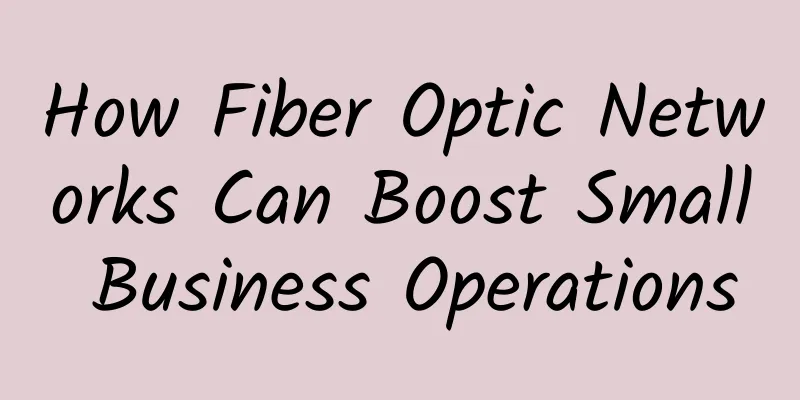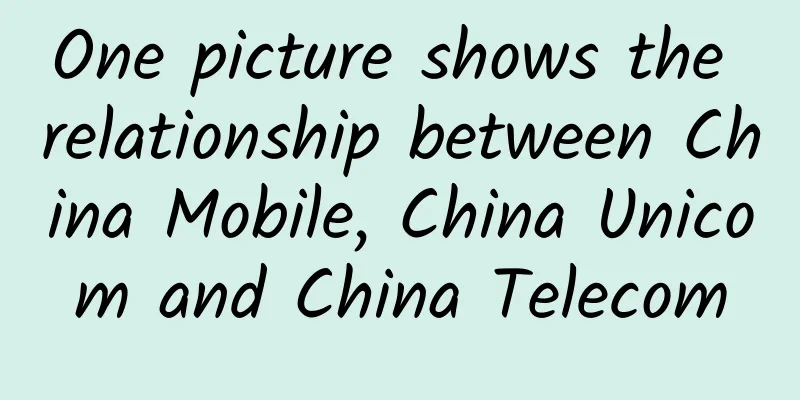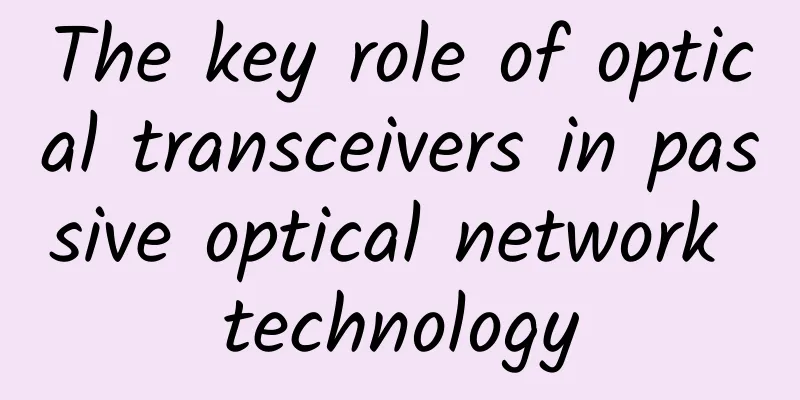How Fiber Optic Networks Can Boost Small Business Operations

What is Fiber Optic?This is a form of internet that transmits data through plastic fibers or thin glass rather than traditional cables. There are three types of fiber optic internet options:
How Fiber Networks Help Small BusinessesIf you’re running a small business and looking for ways to maximize productivity in the long run, you may want to evaluate your internet connection. Almost all business operations require fast, reliable internet for everything from business communications to research, and fiber optics is the best option. 1. Faster speedFiber optics offer much faster speeds than other internet options, which means faster uploads and downloads. If your business relies on file sharing and other data-intensive tasks, you’ll immediately notice the benefits of this superior option. 2. Cloud services and data backupModern storage solutions are often cloud-based, as this minimizes the need for on-site hardware while providing secure and huge storage space for business documents. Fiber-optic network connections mean better access to cloud-based storage and backup services, as well as other collaboration tools. Enterprises can quickly access any stored data, allowing for seamless business operations. 3. ScalabilityWhen you start a business, you may find that your business is growing. With a fiber network, growing your business will be a seamless experience because you can increase your internet capabilities as your business expands. On the other hand, if you want to scale down, you can reduce your internet service. 4. Reduce interruptionsNothing is more disruptive to a business than constant interruptions in Internet service, which impacts communications. With traditional cables, you might find that the Internet goes down when the weather changes (which is common these days), due to electromagnetic interference or cable theft. When there are tight deadlines to meet and easily irritated customers to deal with, the network must always be up and running. 5. Better signal strengthWith traditional broadband internet using DSL or copper Ethernet, the signal degrades faster the farther away from the switch you are. With fiber, the signal doesn’t degrade as quickly, which means employees can work from anywhere. 6. Improve productivityWith limited interruptions and faster internet speeds, downloads can be faster, collaboration can be better, and overall productivity can be increased. When latency is reduced, online interactions through methods such as video conferencing can be more effective. That’s better for business! 7. Improved securityUnlike other forms of communication, fiber optics is very secure. If you are a small business owner who handles sensitive customer data or wants to protect your own data, then having a secure line is a must. 8. Cost savingsWhen speed issues are eliminated, internet reliability is improved, and productivity is increased, businesses will experience cost savings over time. Cloud-based storage options, as well as the implementation of VoIP (Voice over Internet Protocol) communications, will further save businesses money in the long term. 9. Remote and flexible workThe rise of remote work options has driven the need for enhanced internet capabilities. As a small business owner, you can save a lot of money on rent and costs associated with running an office if your employees can work remotely. Fiber optic networks offer an ideal solution because you can stay connected online no matter where you are. Great support for high-definition video means you can conduct conference calls or video conferences from anywhere. 10. Looking to the futureFinally, fiber optic technology is a way to future-proof your business operations – which is especially important for small businesses. |
>>: Why is network proxy technology so popular? Forward proxy | Reverse proxy
Recommend
80VPS: Hong Kong server monthly payment starts from 420 yuan, US CN2 monthly payment starts from 650 yuan, Hong Kong/US cluster server starts from 750 yuan
I have shared information about 80VPS many times ...
Smartpedia | What is a quantum network?
Quantum networks are the foundation for future hi...
How many meters can a network cable transmit at most? Several common classifications of network cables
Maximum distance of data transmission via network...
edgeNAT is 30% off on Double 11, and you can apply for 50% off when you top up 500 yuan. Hong Kong/Korea/US CN2 is available
edgeNAT is a Chinese VPS host established in 2019...
5G is coming! How much does a 5G phone cost? Do you know the 5G charging standards?
[[267637]] On June 6, China officially issued 5G ...
Application of IoT technology in the logistics industry under the background of 5G
The Internet of Things has the characteristics of...
Do you know two common communication methods of Vue?
Vue component development is a very wonderful pro...
Following FPA and Karaoke Room, Agora released a series of new products including CDN live streaming to expand the boundaries of RTE products
On October 22, the RTE2021 Real-time Internet Con...
One year after 5G commercialization, the terminal hardware market still has ten times more room to grow
In nine days, China's 5G commercialization wi...
edgeNAT: 20% off monthly VPS and 30% off annual VPS, free CDN when you buy VPS
edgeNAT has launched a new CDN product this month...
How do IDC, CDN, and cloud service providers upgrade to IPv6?
With the rapid development of the Internet, IPv4 ...
Time is of the essence. Huawei advocates accelerating the move towards an intelligent world.
[Barcelona, Spain, February 26, 2023] During th...
QuickPacket: $69/month - E5-2683v4 CPU, 64G memory, 1TB or 500G SSD, 50TB monthly traffic, Los Angeles data center
I searched and found that the last information ab...
Live coverage of the 2018 Yunnan-Huawei Software Industry Summit: Accelerating software growth and empowering the digital economy
[51CTO.com original article] From December 20th t...
When will 5G take off and cover more than 1 billion people worldwide by the end of this year?
2019 is the "first year" of 5G commerci...






![[Hotspot] ZTE was fined $1 billion but escaped death. Review of the whole ZTE incident](/upload/images/67eba43a68378.webp)


